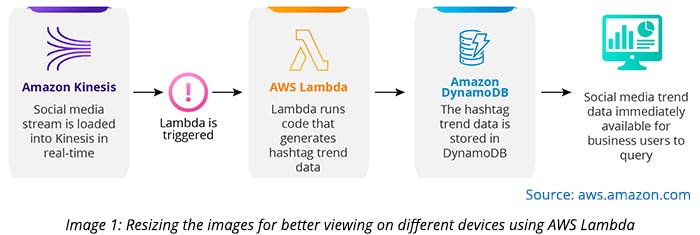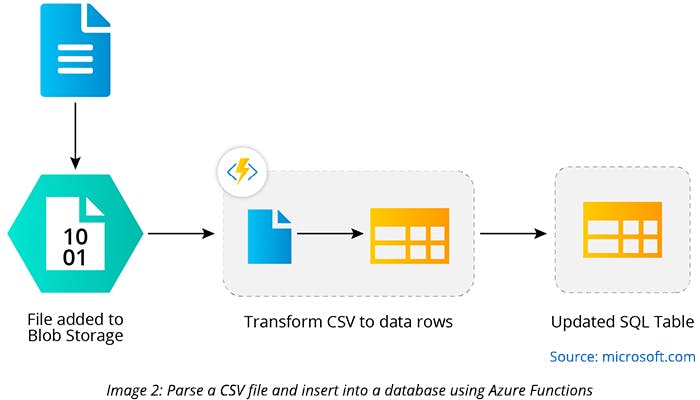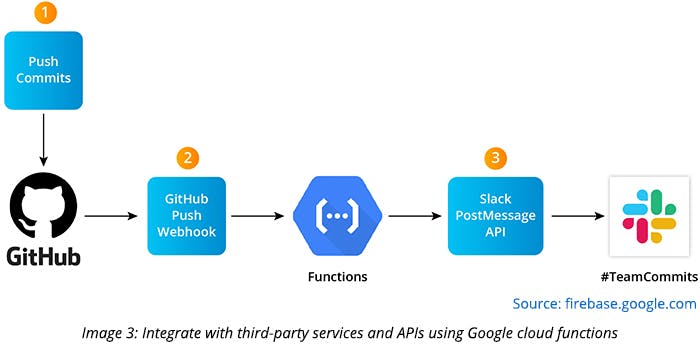Serverless is an architecture that focuses more on an application rather than an infrastructure. The serverless cloud computing execution model promises an approach for the allocation and provisioning of servers that are dynamically managed by the cloud providers. Serverless applications are event-triggered cloud-based frameworks where application advancement depends exclusively on a combination of third-party services, customer-side logic, and cloud-facilitated remote procedure calls, also known as Function-as-a-Service (FaaS).
Serverless architecture is changing the way organizations are deploying their server network. It is being used by brands like Netflix, Reuters, AOL, and Telenor, and gaining industry-wide acceptance. Since scaling and capacity planning can be controlled via coding in this type of architecture, it can result in up to a 99% reduced cost.
By utilizing a serverless architecture, developers can concentrate on their core products without worrying about server operations. Like every other technology, serverless architecture has its benefits and limitations. Let us briefly go through them.
Benefits of Using Serverless Architecture for Your Cloud Application
- Less operational cost: Since it doesn’t need a backend infrastructure, system administration, or complex operation management, it costs relatively lesser than other architectures.
- Usage-based pricing: The cost incurred by a serverless application depends on the number of capacity executions, estimated in milliseconds rather than hours, and it doesn’t charge for any unused CPU cycles.
- Agile and quick updates: By implementing a serverless infrastructure, developers can quickly update, patch, fix, and add additional features without making changes to the whole application.
- Handle multiple requests: Since it is easily scalable, it can efficiently handle multiple requests simultaneously.
Limitations of a Serverless Architecture
- Complex debugging: Debugging and troubleshooting become more complicated since it’s challenging to predict code performance once the code is deployed in a serverless environment.
- Comparatively less secure: In serverless computing, data security and protection is limited in comparison to traditional server architecture.
- Not suitable for predictable workload: Serverless architectures aren’t ideal for the long-running, constant, and predictable workload processes.
- Time-consuming: It takes a lot of time to assess, implement, and test software builds because of its complex architecture.
Popular Cloud Computing Platforms
Some of the popular cloud computing platforms that offer serverless architecture are:
- AWS Lambda
- Azure Functions
- Google Cloud Functions
Let us understand these cloud computing platforms better by briefly discussing their features, benefits, and drawbacks.
1. AWS Lambda
Part of Amazon Web Services (AWS), AWS Lambda is a secure cloud computing platform targeted at big firms. It is an event-driven, serverless computing platform that allows a developer to run code for virtually any type of application or backend services without any need for administration. It is essentially a computing administration that runs code in response to events and also automatically manages the computing resources that are enforced by coding.
AWS infrastructure enables rapid deployment of data delivery on a global scale without affecting accessibility. Lambda has the best worldwide reach and holds a long record of reliable services after the code is activated, AWS Lambda charges for every 100 milliseconds of the time your code executes.
Use case: Resizing Images
The Seattle Times uses AWS Lambda to resize the images to view them on different devices, such as desktop computers, tablets, and smartphones.

2. Azure Functions
Azure Functions is a robust and integrated platform; it is used by the organizations that are dependent on Windows-based standardization. Microsoft Azure has some edge when it comes to the Windows environment. One of its amazing features is its Linux-friendliness. It identifies virtual guest operating systems and compatibility with Linux container platforms.
Azure is the most efficient event-driven serverless computing platform, which can also help to solve complex orchestration problems. It has the capability of building and debugging locally, without any additional setup, and unify the services using triggers and bindings. It allows flexible and automatic scaling based on the workload without worrying about managing the infrastructure.
The coordinated programming model is dependent on triggers and bindings that assist you in reacting to the events and flawlessly connect with other services. Azure is now available in 54 regions all over the world. It is one of the easiest cloud platforms in regard to configurations, design, and operations. Azure offers flexible pricing, and a thorough review of pricing is required to choose the best available option for your project.
Use case: Trigger Functions based on Events
Azure Functions makes the job easier because a trigger can fire when the file is uploaded. It tackles tasks like ETL through its ideal composition of small pieces of code that focus on a specific problem.

3. Google Cloud Functions
Google Cloud Functions is a new provider of serverless architecture. It provides a serverless execution, event-driven computing service within Google Cloud Platform, and prioritizes the simplicity for users to set up and configure. Developers can compose basic code, single-purpose functions that are attached to events emitted from cloud infrastructure and services. Google Cloud Function has a scalable architecture that leverages the power of Google’s big data and analytics services.
Google allows a hyperscale computing environment and a complete container-based model for websites. By 2019, it was available in 21 regions around the world.
Use case: Collaborating with Third-Party Services
Google Cloud Functions can help your app work better with other services by calling and exposing web APIs. For instance, an app used for collaboration (like Slack) can post GitHub commits to a workgroup chat room of the app.

Choose What Fits You Better!
Serverless architecture allows you to innovate faster, focus on what matters, and build a great application in a low budget! When comparing services from these providers, it's necessary to think about the size, objectives of your organization, rate of development, and budget.
AWS Lambda is a reliable service and is a good fit for a large company looking to expand globally. Azure Functions is a good fit for developers who are migrating to the cloud for the first time and looking for hybrid solutions with Windows-based platforms and applications. Google Cloud makes for the perfect choice if the user is looking for a simple and easy implementation with a comprehensive container-based model and is well experienced with cloud-based deployments. Finally, you should choose the most suitable serverless architecture, depending on the goals and needs of your organization.



